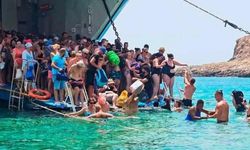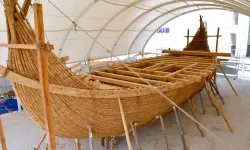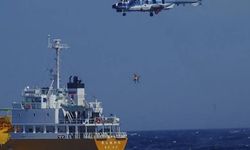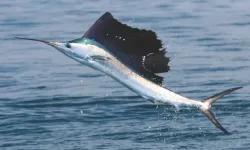Drone footage, captured on Tuesday by the local wildlife organization, Wildlife Pro, reveals the desperate struggle of the orcas as they attempt to navigate through the icy waters.
The distressing situation came to light when a vigilant local fisherman noticed the trapped orcas and promptly alerted Wildlife Pro, who were conducting marine research off the shores of Hokkaido. A Wildlife Pro employee, who managed to capture the heartbreaking scene, described witnessing approximately 13 killer whales, including three or four calves, desperately trying to breathe through a hole in the ice.
The drone footage showcases the orcas taking turns surfacing for air in a limited section where the ice has fractured. Unfortunately, the absence of wind in the region hampers the natural division of the ice, leaving the pod with insufficient space to navigate. Despite the urgency of the situation, local officials admit their helplessness in safely rescuing the stranded whales.
“We have no choice but to wait for the ice to break up, allowing them a chance to escape,” stated a Rausu official in response to the critical situation.
The sea ice encircling the Hokkaido coast holds the distinction of being the lowest latitude sea ice globally, and Rausu has witnessed a decline in ice levels over the years due to the Earth's warming. This unfortunate incident echoes a similar event in 2005 when a pod of killer whales faced a comparable predicament in the same region, resulting in a low survival rate for the stranded whales.
As the world watches and hopes for a natural resolution to this perilous situation, the plight of these killer whales underscores the challenges faced by marine life in the changing climate landscape.





